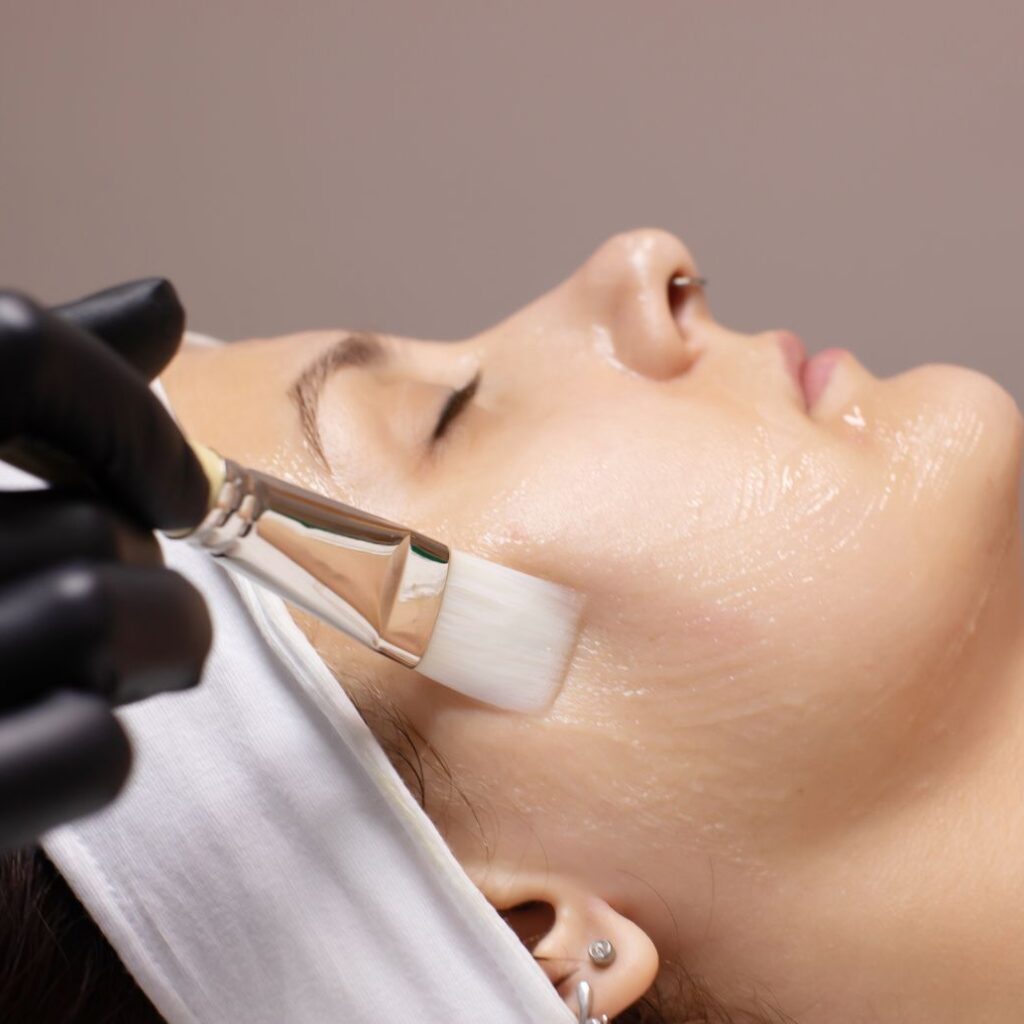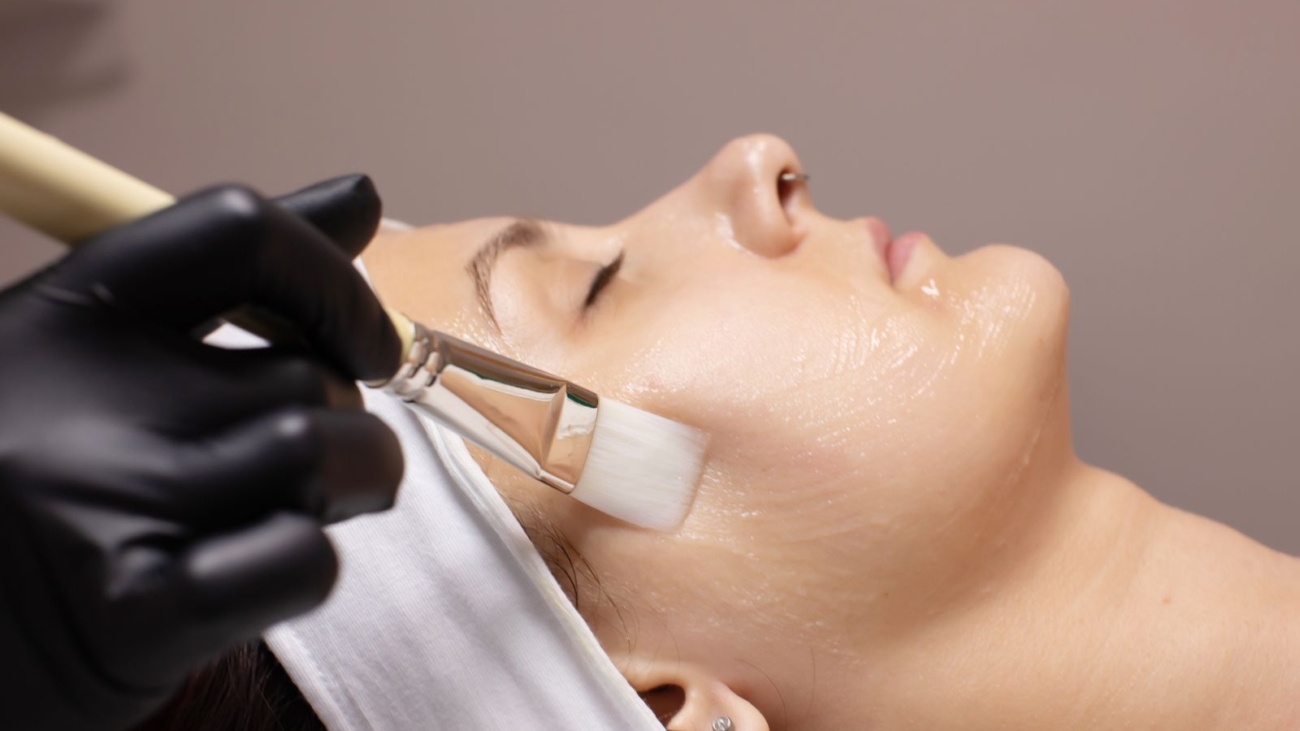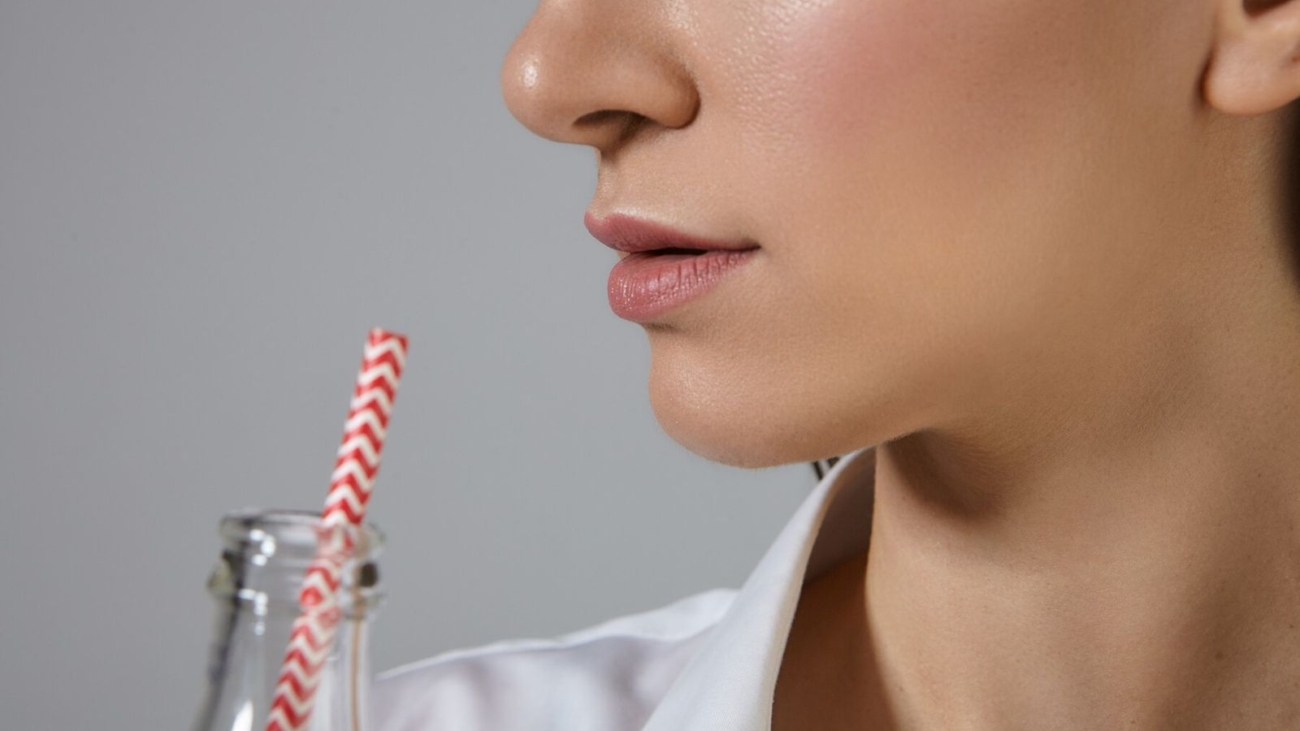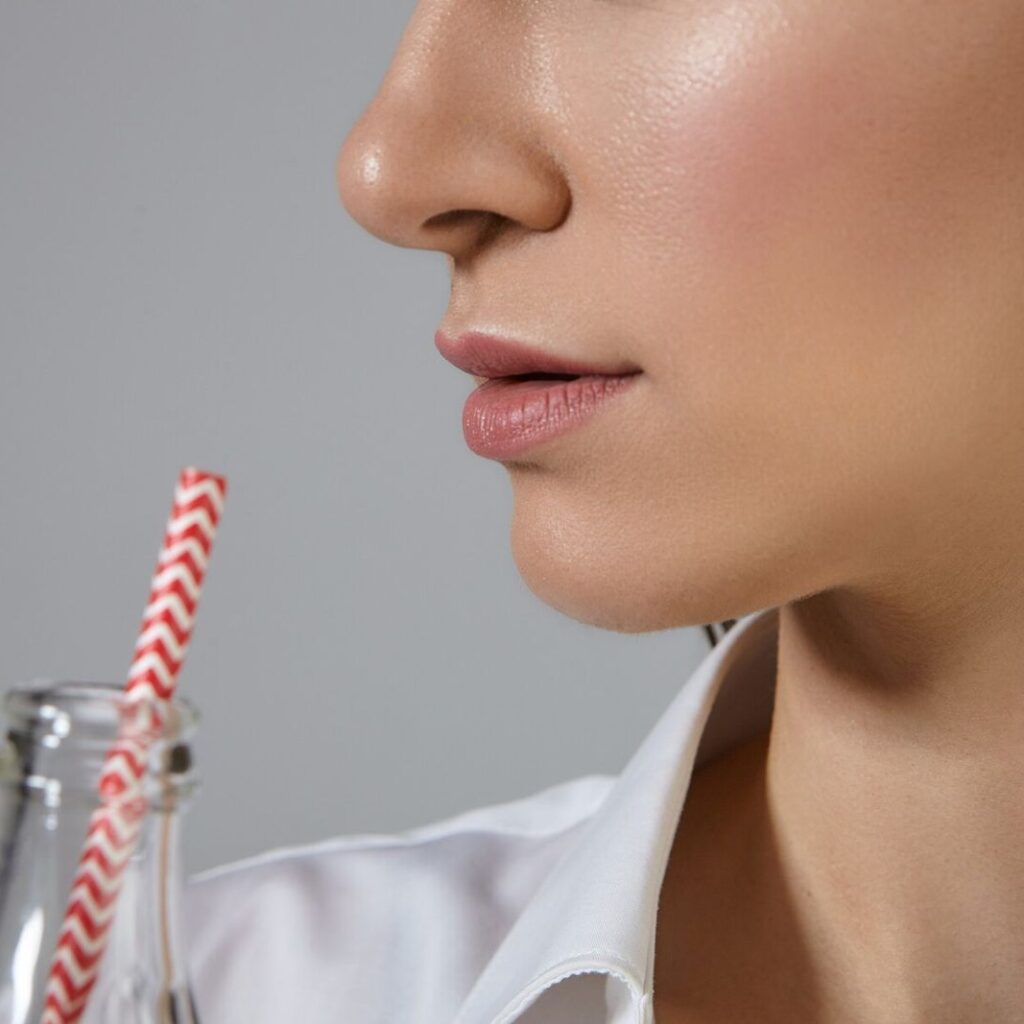Chemical peel is a powerful and proven tool in the fight against signs of aging and skin damage. This treatment, which has been successfully used for decades, allows for the removal of the damaged outer layer of skin, thereby stimulating regeneration and the creation of a new, healthier epidermis. Thanks to innovations and new types that have emerged, chemical peels have recently risen to the top of the list of the most effective treatments in the world of beauty.

What is a Chemical Peel?
A chemical peel is a cosmetic procedure in which specialized chemical solutions, most commonly acids, are applied to the skin. These act by selectively removing damaged and dead skin layers. This controlled exfoliation allows a new, healthier layer rich in collagen and elastin to emerge in place of the removed cells. The result is smoother, more even, and more radiant skin with fewer wrinkles and texture irregularities.
There are different types of chemical peels, classified according to their depth of action:
• Superficial (light) chemical peels: These use mild acids such as glycolic or lactic acid and only affect the very top layer of the skin. These peels are gentle, suitable for refreshing the complexion, minimally irritate the skin, and have a very short recovery period.
• Medium chemical peels: Typically, acids such as trichloroacetic acid (TCA) in appropriate concentrations are used. These peels reach the upper part of the dermis, allowing for more effective resolution of issues such as pigmentation, uneven skin tone, and deeper lines.
• Deep chemical peels: Stronger chemicals like phenol are applied and penetrate into the deeper layers of the dermis. Although they provide remarkable results, they require strict supervision, a longer recovery period, and are usually administered in medical settings.
How Does a Chemical Peel Work?
The basic principle of a chemical peel is the controlled removal of damaged skin cells to stimulate natural regeneration. When a chemical solution is applied to the skin, it works in the following ways:
- Removing Dead Cells: Acids dissolve the bonds between cells in the epidermis, quickly removing old and damaged cells.
- Encouraging Skin Renewal: After the removal of the surface layer, the skin begins the regeneration process, forming a new layer of cells that are healthier, thicker, and richer in natural moisturizing components.
- Stimulating Collagen Production: A chemical peel causes a mild inflammatory reaction that encourages fibroblasts to produce more collagen and elastin, i thereby mproving the firmness and elasticity of the skin.
This process not only enhances the texture of the skin but also evens out the complexion, reduces pigmentation irregularities, and diminishes the visibility of wrinkles.
What Issues Does a Chemical Peel Address?
A chemical peel is an exceptionally versatile treatment and can be applied to various cosmetic and dermatological issues:
- Wrinkles and Fine Lines: By removing damaged epidermis, the peel reduces the depth of wrinkles, making the skin appear smoother and younger.
- Uneven Complexion and Hyperpigmentation: Sunspots, melasma, and post-inflammatory hyperpigmentation can be significantly reduced as the removal of the damaged layer reveals new, even cells.
- Acne Scars: Superficial and medium-depth peels can improve skin texture, level out scars, and make the skin softer.
- Dry and Dehydrated Skin: By removing dead cells, the peel allows better absorption of moisturizing treatments and serums, restoring natural hydration to the skin.
- General Renewal and Rejuvenation: A chemical peel is an excellent way to “reset” the skin, enhance its texture, and return a youthful glow.
How Is a Chemical Peel Performed?
Before you decide on a chemical peel, it is essential to consult with a dermatologist or aesthetic expert who will assess your skin’s condition and sensitivity. Based on the patient’s results and goals, the specialist will select the appropriate type and concentration of the peel to achieve optimal results with minimal side effects.
Skin preparation follows. Before the treatment, the patient will receive instructions typically including avoiding aggressive exfoliations, sun exposure, and the use of strong products several days before the treatment. On the day of the procedure, the skin is thoroughly cleaned and prepared for the application of the chemical solution.
The treatment itself involves applying the chemical solution to the skin in controlled layers, and the duration of action is carefully monitored. The patient may experience mild stinging, warmth, or discomfort, which is a normal reaction to the activity of the acids.
After the action time has elapsed, the chemical solution is neutralized or washed off, and a soothing agent, moisturizer, or serum is applied to calm any irritations and promote regeneration.
Post-treatment care after a chemical peel is of utmost importance. After the treatment, the skin may be red, sensitive, and dry, and in the following days, there may be peeling and flaking, the intensity of which depends on the depth of the peel. During this time, patients are advised to use mild moisturizing and soothing creams, and to strictly avoid direct sunlight and always use SPF protection. The recovery period varies – with superficial peels, effects subside immediately or within one to two days, while with deeper peels, they can last up to a 7-14 days.
How Many Treatments Are Needed for Perfect Skin?
The optimal number of chemical peel treatments needed to achieve visible improvement in skin appearance depends on the individual’s skin condition, patient goals, and the type of peel used, but typically, a series of 3 to 6 sessions spaced several weeks apart is recommended to allow for complete regeneration. With regular care and maintenance, such as repeating the peel once or twice a year, results can be maintained long-term, providing the skin with a fresh, even, and youthful complexion.
Schedule a Free Consultation
Our goal at Bodyvine is to tailor the peel treatment to your skin issues while creating an environment where you can feel at home and freely express your desires, as well as any doubts and concerns!
We offer a wide range of chemical peels, from classic “lunchtime” peels (excellent for all skin types with minimal or no recovery time) to medical peels that address deeper signs of sun damage and advanced anti-aging treatments.
Call us and schedule your free consultation today.




